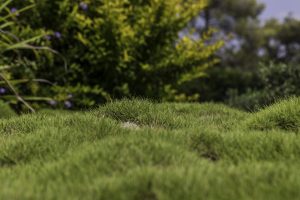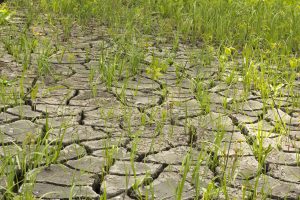Helpful Tips For Homeowners
There’s no perfect answer to this question, but we’ll give you a guideline. When it comes to mowing frequency, it’s all about the one-third rule. This guideline, which we explain more in our last post, is to never cut more than one-third off the length of your grass. So if you’ve been cutting about half…
Read More...It’s a question we get asked often: What’s the ideal grass height when mowing? The simple answer is to never cut more than one-third the length of your grass in one cutting. That’s an easy general rule to remember. At the same time, though, the mowing length also depends on the type of grass. Cooler…
Read More...If you’ve finally taken the plunge and seeded your lawn, you know that the care doesn’t stop there. The first few months are vital in establishing a healthy, beautiful lawn. Summer weather presents challenges of its own, even for long-established turfgrass. Here are some important tips for caring for your newly seeded lawn during those…
Read More...Let us tell you a little about our JaMur Zoysia grass. This versatile turf grass is attractive, extremely functional, and developed from USDA research conducted by geneticist Jack Murray. The JaMur zoysiagrass taking the landscape industry by storm because of its minimal water and fertilization requirements. In appearance, it’s similar to a St. Augustine dwarf…
Read More...Summer’s right around the corner, so now’s the time to start talking about grass that can withstand heat and potential drought. TIFTUF is a drought-tolerant bermuda grass developed by turfgrass breeders at the University of Georgia. It uses less water and stays green longer when subjected to stress.
Read More...The ReAlta community in Charlotte is the first in the state of North Carolina to exclusively require TifTuf Bermudagrass to be installed at all homesites. The fully solar community in the city was distinctly designed to save both the environment and homeowners’ money. “[ReAlta homeowners] will have the satisfaction of knowing that they’re doing something…
Read More...According to Nick Daley of Daleys Turf, a sod grower in Bells Creek, Queensland (near the east coast of Australia), TifTuf Bermudagrass has exceeded his — and his clients’ — expectations. Although the grower has offered TifTuf for only a few months, he says homeowners are really excited about TifTuf softness underfoot, in addition to…
Read More...As reported in yesterday’s online edition of the Charlotte News Observer, the coach of the Carolina Panthers, Ron Rivera, prefers natural turfgrass to artificial turf. He indicated that the artificial turf at MetLife Stadium may have been at least partially to blame for some of his players’ foot injuries in last week’s game against the…
Read More...Choosing certified sod is the only way you can be certain that the variety you receive is exactly what you purchased. All sod is required to have a state “Department of Agriculture” tag, which means only that the sod is free of fire ants. However, this tag does not qualify the sod as a certified…
Read More...This past March, veteran golfer Andy Johnson (with The Fried Egg) posted a lengthy review of his recent trip to BlueJack National, Tiger Woods’ first American-designed golf course, located just outside Houston, TX. Johnson not only describes each hole in detail, with insider advice, but he also posts several photos of each gorgeously manicured hole.…
Read More...



